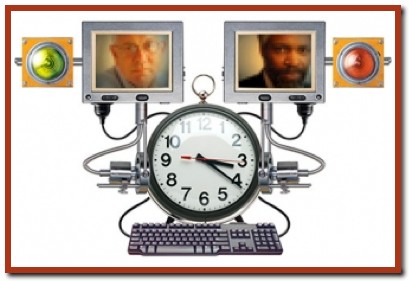What Is Implicit Bias, And How Might It Affect Teachers And Students? (Part II – Solutions)

In my first post on this topic, I argued that teachers are better positioned than, say, doctors or judges, to learn specifics about the individuals they serve. This strategy – called “individuating” – has proven to be effective in reducing implicit biases (related to race, gender, ethnicity, etc.). This post offers additional thoughts on how we might support teachers’ orientation to get to know their students. Second, I discuss additional strategies that have been proven to be effective in mitigating the effects of implicit biases.
A couple of weeks ago, a colleague asked a great question during the Shanker Institute’s Good Schools Seminar on “Creating Safe and Supportive Schools.” His question was motivated by a presentation on implicit bias by Kirwan Institute director Sharon Davies. The question was: Wouldn’t you expect more conscious, systematic decision-making (and fewer automatic, snap judgments) from teachers who, after all, see their students everyday and get to know them well? (See here, minute 50:55.)
As I related in the previous post, individuating (or learning about the particulars of a person, his/her interests, skills, family, etc.) can be a very effective “de-biasing” tool.* So, how might we leverage and support teachers’ natural inclination to get to know students well? How might a potential de-biasing intervention build on this feature of teachers’ work?
The reason I ask this question is that cognitive biases come in all sizes and shapes – stereotypes are just onesource. For example, we tend to remember and pay more attention to information that confirms our preexisting beliefs – a.k.a. “confirmation bias.” We also tend to give more weigh to information that is presented to us earlier rather than later – a.k.a. “primacy effect.” Very important too is the “fundamental attribution error”: the belief that, while our own actions can be explained by circumstances (i.e., I yelled at a colleague because I had a stressful day), others’ behaviors are explained by their personalities and dispositions (i.e., he yelled at a colleague because he is a bully). The list goes on and on – for an overview of heuristics and biases see Thinking and Deciding and Thinking, Fast and Slow). My point is that tools and strategies that can guide and scaffold the way we gather and weigh Shanker Blog » What Is Implicit Bias, And How Might It Affect Teachers And Students? (Part II - Solutions):
